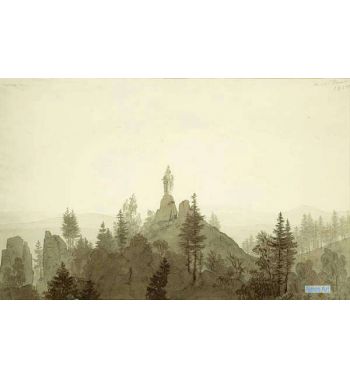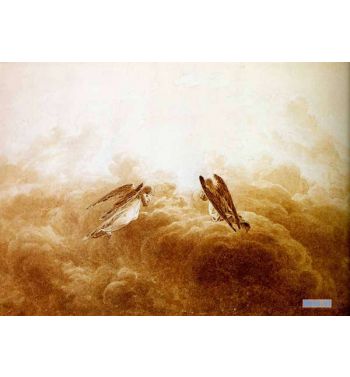Friedrich
Caspar David Friedrich (1774 – 1840) was a German Romantic landscape painter, generally considered the most important German artist of his generation.
He is best known for his mid-period allegorical landscapes which typically feature contemplative figures silhouetted against night skies, morning mists, barren trees or Gothic ruins. His primary interest was the contemplation of nature, and his often symbolic and anti-classical work seeks to convey a subjective, emotional response to the natural world. Friedrich's paintings characteristically set a human presence in diminished perspective amid expansive landscapes, reducing the figures to a scale.
The visualisation and portrayal of landscape in an entirely new manner was Friedrich's key innovation. Friedrich created the notion of a landscape full of romantic feeling—die romantische Stimmungslandschaft. His art details a wide range of geographical features, such as rock coasts, forests, and mountain scenes. He often used the landscape to express religious themes. During his time, most of the best-known paintings were viewed as expressions of a religious mysticism.
In the 1930s and early 1940s Surrealists and Existentialists frequently drew ideas from his work.
Periods: Romanticism, German Romanticism.


